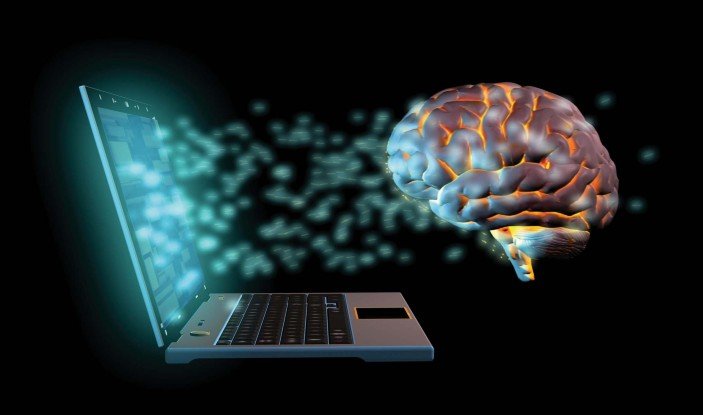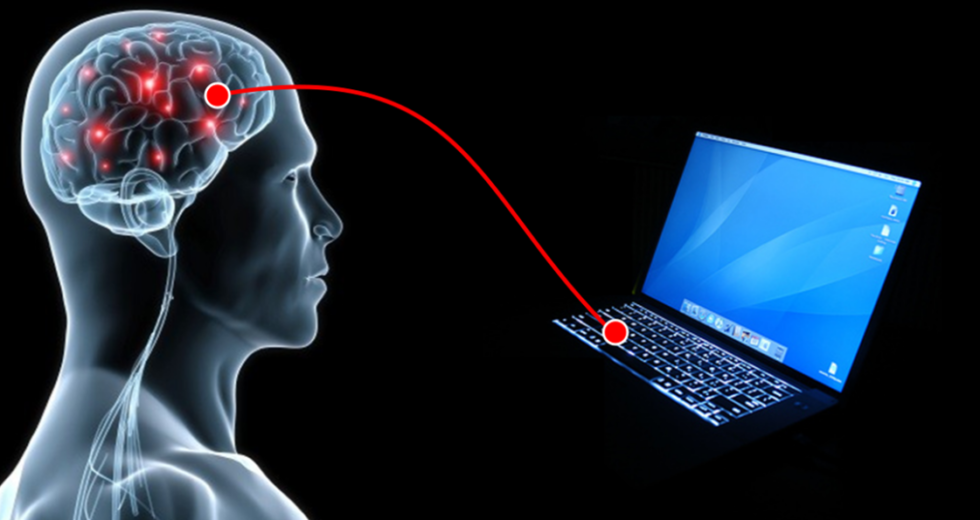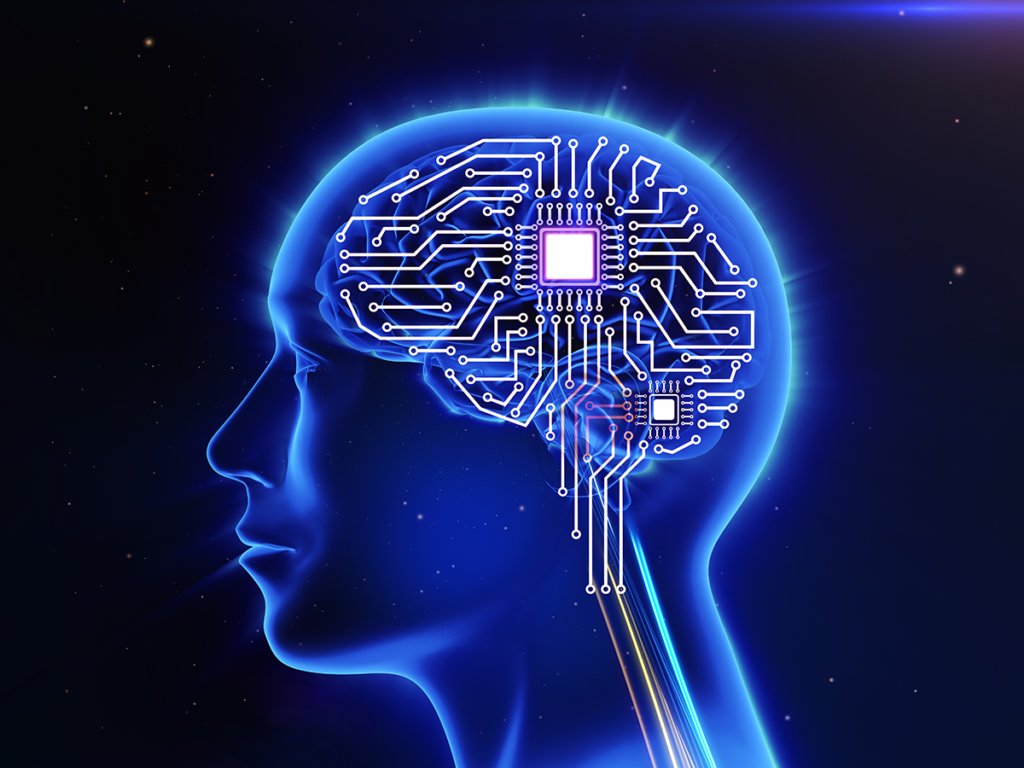In this article has been provide information about Transparent Brain-Computer Interface Uses AI and Nanotech. Researchers at the University of California San Diego (UCSD) have created a novel transparent brain-computer interface (BCI) capable of providing high-resolution neural recordings from the brain’s surface utilizing AI machine learning and a nanomaterial called graphene.
The University of California San Diego (UCSD) researchers have designed an innovative transparent brain-computer interface (BCI) utilizing AI machine learning and graphene, a nanomaterial. This BCI can provide high-resolution neural recordings from the brain’s surface.

Transparent Brain-Computer Interface Uses AI:
Brain-computer interfaces, or brain-machine interfaces (BMIs), offer hope for the 16% of the global population experiencing significant disabilities, allowing individuals to operate electronic devices, communicate through synthesized speech, control prosthetic limbs, and enhance overall quality of life.
The brain-computer interface market, valued at USD 2 billion in 2023, is anticipated to reach USD 6.2 billion by 2030, with a 17.5% CAGR from 2020 to 2030. North America holds the largest revenue share globally, driven by an aging population contributing to the market’s growth. The UCSD researchers emphasize the potential of non-invasive neural probes for extending the lifetime of neural implants and enhancing the longevity of BCI technologies.

The groundbreaking transparent brain-computer interface (BCI) developed by researchers at the University of California San Diego (UCSD) utilizes innovative technologies like artificial intelligence (AI) and nanomaterial graphene for high-resolution neural recordings.
This BCI, designed to aid individuals with disabilities, enables control of electronic devices through thoughts, improving their quality of life. The BCI market, valued at USD 2 billion in 2023, is expected to reach USD 6.2 billion by 2030. UCSD’s transparent graphene BCI stands out by simultaneously recording brain activity through optical imaging and electrical signals, providing neuroscientists with unprecedented observation capabilities. {Transparent Brain-Computer Interface Uses AI}
This transparent BCI opens avenues for prolonged brain activity observation in freely moving organisms. The unique technology involves correlating electrical signals from the brain’s outer layers with calcium spike activity in deeper regions, facilitating the training of an AI model for predicting deep brain activity. The successful demonstration on laboratory mice showcases the potential for enhanced brain-computer interfaces and less invasive neurological disorder treatments.
See Also :- Tuning In to Humanity: Unveiling the Timeless Message of ‘We Are The World’ in Times of Crisis
What technology is used in brain-computer interface?
More specifically, BCI studies that utilized band power features, motor imagery, and functional electrical stimulation in their design were found to be more efficacious than alternatives. Another 2021 systematic review focused on robotic-assisted EEG-based BCI for hand rehabilitation after stroke.
There exist a number of technical challenges to recording brain activity with invasive BCIs. Advances in CMOS technology are pushing and enabling integrated, invasive BCI designs with smaller size, lower power requirements, and higher signal acquisition capabilities. {Transparent Brain-Computer Interface Uses AI}

Invasive BCIs involve electrodes that penetrate brain tissue in an attempt to record action potential signals (also known as spikes) from individual, or small groups of, neurons near the electrode. The interface between a recording electrode and the electrolytic solution surrounding neurons has been modelled using the Hodgkin-Huxley model. {Transparent Brain-Computer Interface Uses AI}
Electronic limitations to invasive BCIs have been an active area of research in recent decades. While intracellular recordings of neurons reveal action potential voltages on the scale of hundreds of millivolts, chronic invasive BCIs rely on recording extracellular voltages which typically are three orders of magnitude smaller, existing at hundreds of microvolts.
Further adding to the challenge of detecting signals on the scale of microvolts is the fact that the electrode-tissue interface has a high capacitance at small voltages. Due to the nature of these small signals, for BCI systems that incorporate functionality onto an integrated circuit, each electrode requires its own amplifier and ADC, which convert analog extracellular voltages into digital signals. Because a typical neuron action potential lasts for one millisecond, BCIs measuring spikes must have sampling rates ranging from 300 Hz to 5 kHz.
How is AI connected to human brain?
Neural Networks are the driving force behind modern AI systems, and they are modeled after the human brain. Modern AI research involves creating and implementing algorithms that aim to mimic the neural processes of the human brain. Their goal is to create systems that learn and act in ways similar to human beings.
The push for creating intelligent machines draws inspiration from MIT Professor Norbert Weiner. A child prodigy reading at three, Weiner possessed knowledge in mathematics, neurophysiology, medicine, and physics. He advocated exploring Boundary Regions, interdisciplinary areas like Medical Engineering.

Weiner emphasized the need for collaboration between disciplines, stating, “If a physiological problem involves math, ten physiologists ignorant of math make no more progress than one.” In 1934, Weiner convened with academics monthly to discuss boundary region science papers.
See Also :- Daisy Ridley’s Star Wars Journey: Navigating Passionate Fandom and Personal Growth
Conclusion:-
We hope you will like the article of taaza-time.com. complete information about it is given in this article of Transparent Brain-Computer Interface Uses AI and Nanotech. the transparent brain-computer interface (BCI) developed by UCSD researchers, combining AI and nanotechnology, represents a notable breakthrough. Its unique features, such as simultaneous optical and electrical recordings, set it apart from traditional BCIs. The clear graphene array facilitates observation, correlating outer-layer electrical signals with deeper calcium spike imaging. The AI model, trained on this data, enhances understanding during free movement.
The nanotechnology-driven BCI holds promise for advancing interfaces and exploring non-invasive neurological disorder treatments. Its success with laboratory mice suggests broader applications beyond experiments, emphasizing its potential to reshape neuroscience boundaries.
READ MORE :-
- Tuning In to Humanity: Unveiling the Timeless Message of ‘We Are The World’ in Times of Crisis
- Daisy Ridley’s Star Wars Journey: Navigating Passionate Fandom and Personal Growth
- Andrew Tate’s Net Worth Revealed: Shocking Facts Uncovered
- Apple’s Computer Launch Leads to Study of User Experience






























